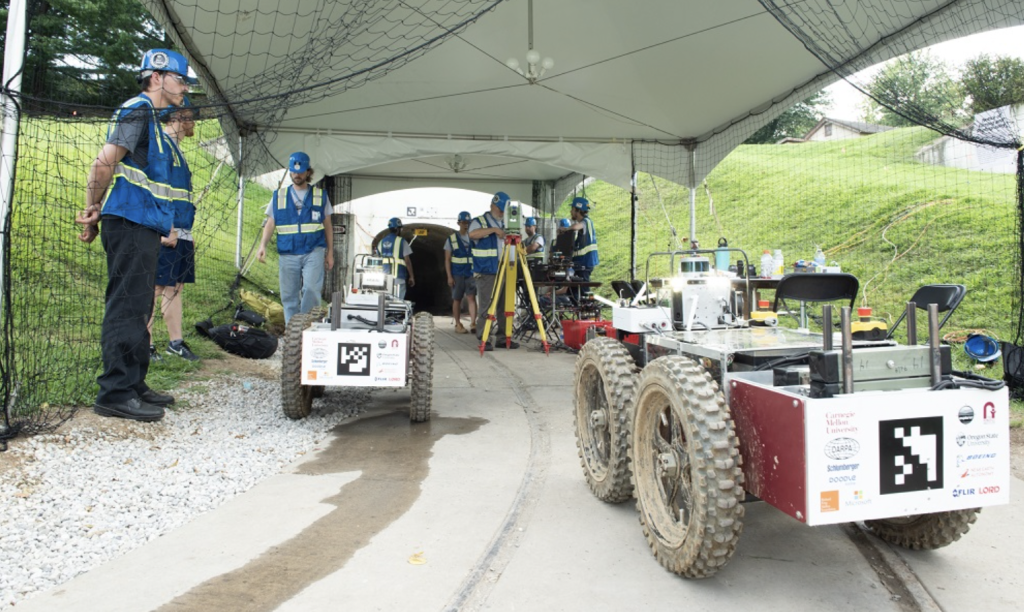The mining industry is seeing massive shifts in how mines are run and operated by innovations and new technology. The push for a more economical and stable mining sector within Australia has become more prevalent over the last few years, thanks to a number of reasons. New innovations include reducing environmental impact, the digitisation of data, and the rise of autonomation. These innovations and more are improving Australia’s mining sector and the economy as a whole, providing higher efficiency, safety and increased profit.
Automation and machine learning
So, what is automation? In short, it’s is the operation and self-governing of equipment without the need for direct input through a process known as machine learning. Meaning equipment can operate without the need for a worker.
Machine learning refers to equipment or machines that can operate autonomously, such as a drilling rig. The machine learns and adjusts from feedback given by sensors that analyse the environment it’s working in. Much in the same way a person would learn how to do a job just by practice and doing. An autonomously operated drill rig can determine the best and most efficient way to drill through a certain rock or mineral type just by assessing the data it collects. There is an abundance of equipment that can operate autonomously, from drill rigs and hauling vehicles to safety equipment such as boom gates and alarms.
Now, onto the benefits.
Safety
Mines traditionally had workers doing all of the labour to operate a mine, like extraction, collection and maneuvering of valuable materials. This can be a dangerous job, with many hazards involved. There may also be some long-lasting health hazards if incorrect PPE is used, such as lung problems, caused by inhaling fumes and airborne particles. Autonomous plants have been developed to take a lot of the risk away from the workers. The implementation of autonomation in mining is reducing the risk to all the workers, ensuring everyone can go home safely.
Efficiency
Autonomy is delivering a rise in efficiency and productivity. Mines are able to extract resources in the most efficient way because of the help offered by autonomous equipment. Mines that are equipped with autonomous equipment have an interconnected network called the “Internet of Things” or IoT for short, that communicates and analyses data that has been collected. IoT systems compile accurate and important data for analysing, to determine the best approach to extract resources. Machinery and equipment that operate autonomously can assess and determine the most cost-effective way to carry out their work.
Better mine exploration
A lot of time and effort goes into mine exploration, requiring teams of people to find deposits that are rich with resources. To make this job easier for exploration teams drones and other exploration equipment can be equipped with autonomous surveying and mapping equipment. Drones cover areas that are either dangerous or just too large to cover in a reasonable amount of time, and provide useful data and information.
Less maintenance and downtime
Autonomous equipment doesn’t just have sensors that scan the environment around them, but they also keep track of themselves. These sensors provide maintenance workers with a live feed of the condition of the equipment, if there does need to be some maintenance work done it will be notified. With this technology, mines can operate more continuously without unexpected breakdowns, causing downtime and driving up costs.
Better communication
IoT, the interconnected network we mentioned earlier provides clear and understandable data for miners, managers, and executives to make the best decisions possible. If there is a risk of running costs up too high by continuing operations the systems in place will provide accurate data for everyone to look at. Or perhaps, if another area in the mine is underutilised, and should be taken advantage of, this too will be clear from the data provided. An IoT-enabled mine will provide an open working environment, that keeps everyone on the same page at all times no matter the distance.




